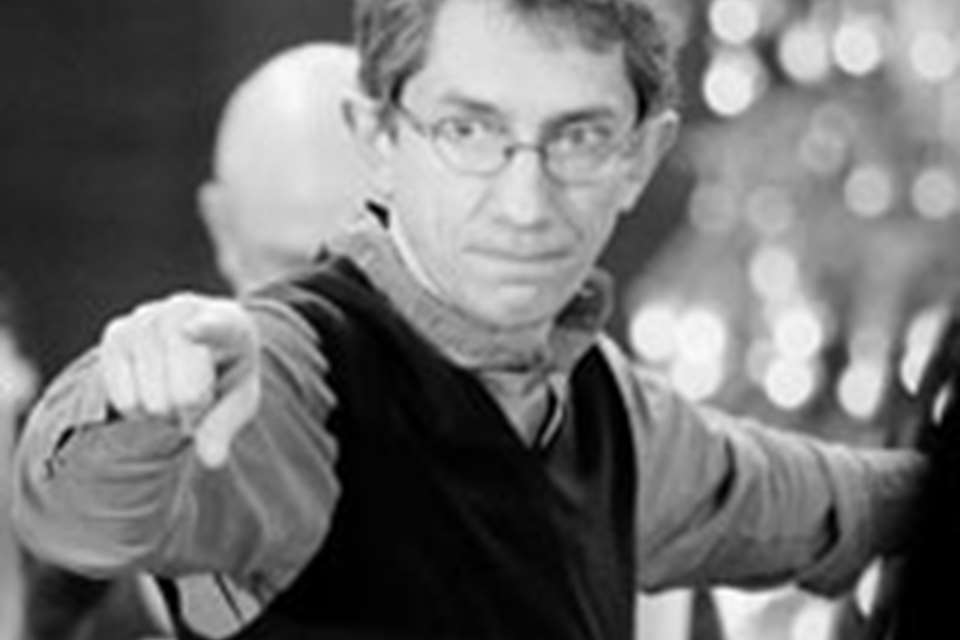How I Fagiolini's films bring us closer to the music
Robert Hollingworth
Wednesday, February 17, 2021
I Fagiolini's imaginative use of video to convey the meaning and drama of early music have long been compelling - and gloriously quirky. The group's Director Robert Hollingworth talks us through four key projects

Register now to continue reading
Thanks for exploring the Gramophone website. Sign up for a free account today to enjoy the following benefits:
- Free access to 3 subscriber-only articles per month
- Unlimited access to our news, podcasts and awards pages
- Free weekly email newsletter









